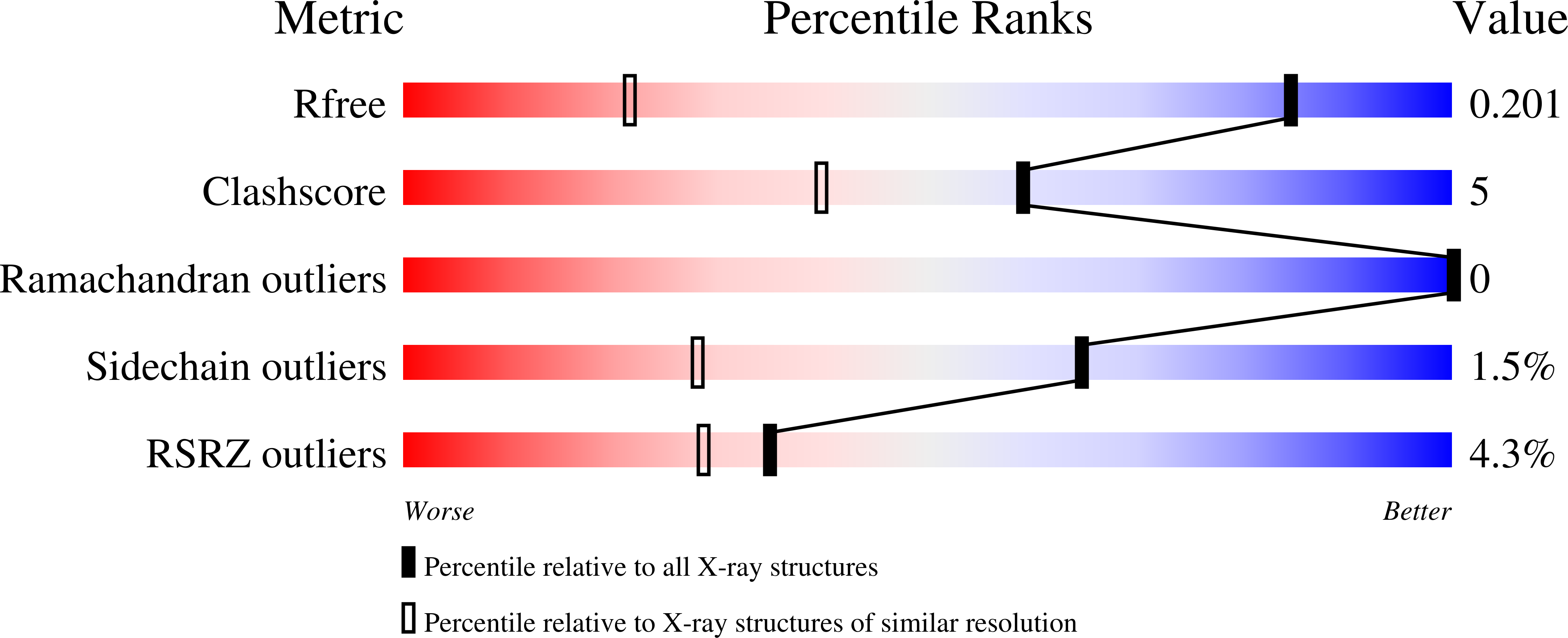
Deposition Date
2006-02-10
Release Date
2006-03-14
Last Version Date
2024-11-13
Entry Detail
PDB ID:
2FZU
Keywords:
Title:
Reduced enolate chromophore intermediate for GFP variant
Biological Source:
Source Organism:
Aequorea victoria (Taxon ID: 6100)
Host Organism:
Method Details:
Experimental Method:
Resolution:
1.25 Å
R-Value Free:
0.19
R-Value Work:
0.14
Space Group:
P 21 21 21


